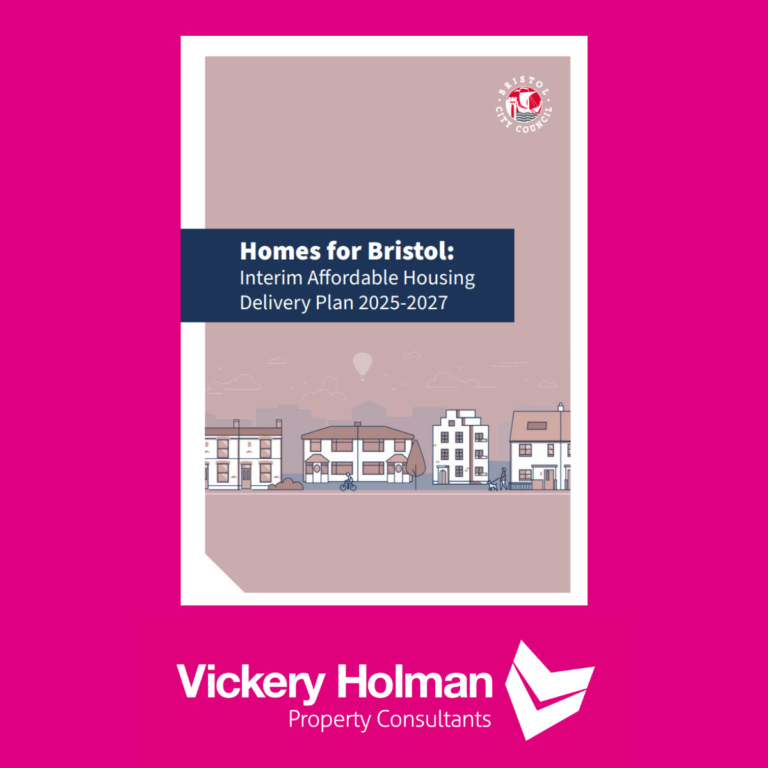Hart v Large 2021 – What happened?
Hart v Large 2021 is a High Court case centred around a dispute between the purchasers of a newly refurbished property in Devon, Mr. and Mrs. Hart, and their surveyor, Mr. Large. Mr. Large was instructed to undertake a Level 2 Home Buyer Report on the property.
The report noted minor issues relating to drainage, gutters and pipework. The property was valued at £1.2m and Mr & Mrs Hart proceeded to purchase the property at this figure. However, after completion of the sale Mr. and Mrs. Hart encountered issues with water ingress and damp. They filed a negligence claim against Mr. Large and also pursued claims against the conveyancing solicitors and the architect responsible for the refurbishment on behalf of the previous owner.
What was the ruling?
The High Court ruled that Mr. Large was negligent as he:
- Failed to identify the issues relating to damp
- Failed to advise the purchaser to obtain a Professional Consultants Certificate.
- Failed to recommend that further investigations should be undertaken regarding the condition of the property.
The court awarded damages in favour of Mr. and Mrs. Hart amounting to £750,000. This included a notable sum of £15,000 allocated for inconvenience and distress. However, this was later reduced to £374,000 to reflect settlements reached outside of court with the conveyancing solicitors and architect.
Notably, this was a divergence from the normal rule of applying damages, established in the case of Watts v Morrow, where the damages are assessed on the variance between the surveyor’s valuation and the value of the property in it’s actual condition.
What happened at appeal?
The appeal centred around the damages imposed by the High Court. Mr. Large contended that the damages ought to have been evaluated based on the variance between the valuation and the property’s value considering the defects that could have been identified but were overlooked. This was based on the contention that the damages should not reflect the costs of repair, as Mr. Large had not provided any warranty regarding the property’s condition.
The Court of Appeal determined that Mr Large was negligent in his advice regarding to the damp and damp proofing. In this instance, Mr. Large should have traced the evidence of substandard workmanship and the absence of visible damp proofing where it was expected, prompting a recommendation for further investigations to be undertaken. It is noted in the RICS Home Survey Standards that further investigations should be recommended ‘if they have a suspicion that a visible defect may affect other concealed building elements’.
Mr. Large was also deemed negligent for not advising on obtaining a Professional Consultants Certificate (PCC) before the purchase, which would have afforded Mr. & Mrs. Hart protection against concealed defects.
In light of these events, the Court of Appeal held that Mr Large should bear ‘the consequences of such advice not having been given’. This decision affirmed the High Court’s ruling regarding the assessment of loss, which was unusual in a case of this kind. This was because following the conventional approach established in Watts v Morrow, Mr. & Mrs. Hart would have only been compensated for the defects overlooked by Mr. Large.
Why is this case important for surveyors?
The Hart v Large case is important for surveyors as it highlights the need to:
- Be clear and advise clients on the survey level and scope of inspection, limitations and caveats.
- Recommend further investigations are carried out if the surveyor has suspicions that a visible defect may affect other concealed building elements.
- Report if any of the elements of the building have not been inspected and provide explanation as to why.
- Consider whether any new information provided after inspecting or reporting affects their original advice, and updating their advice if it is justified to do so.
Vickery Holman has an experienced Building Surveying team as well as General Practice Surveyors specialising in valuation, lease advisory and business rates. Please talk to us about your commercial property or land requirements.





